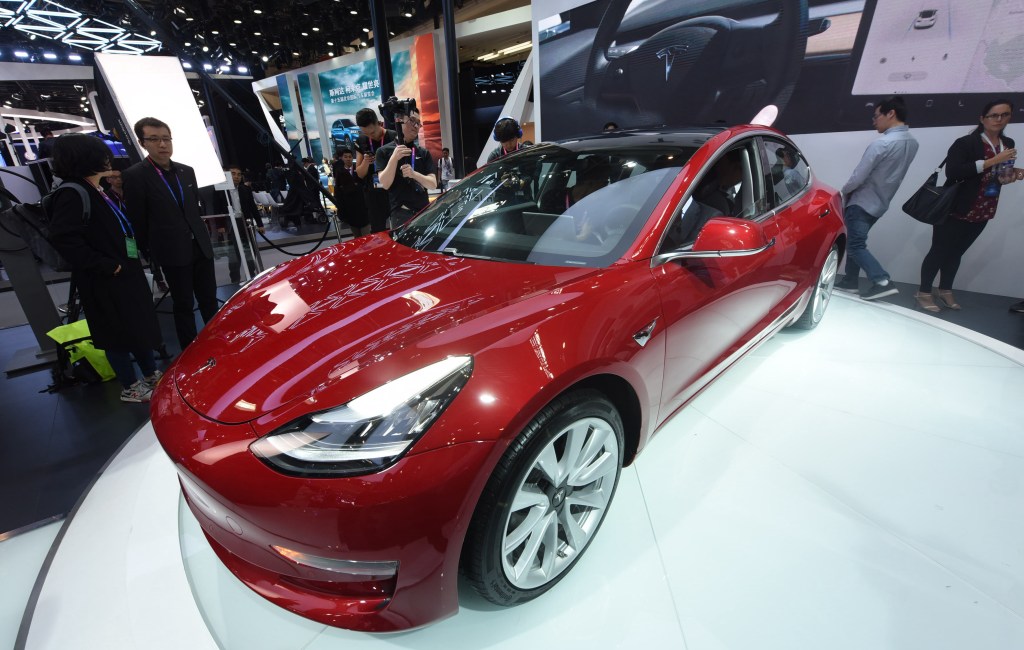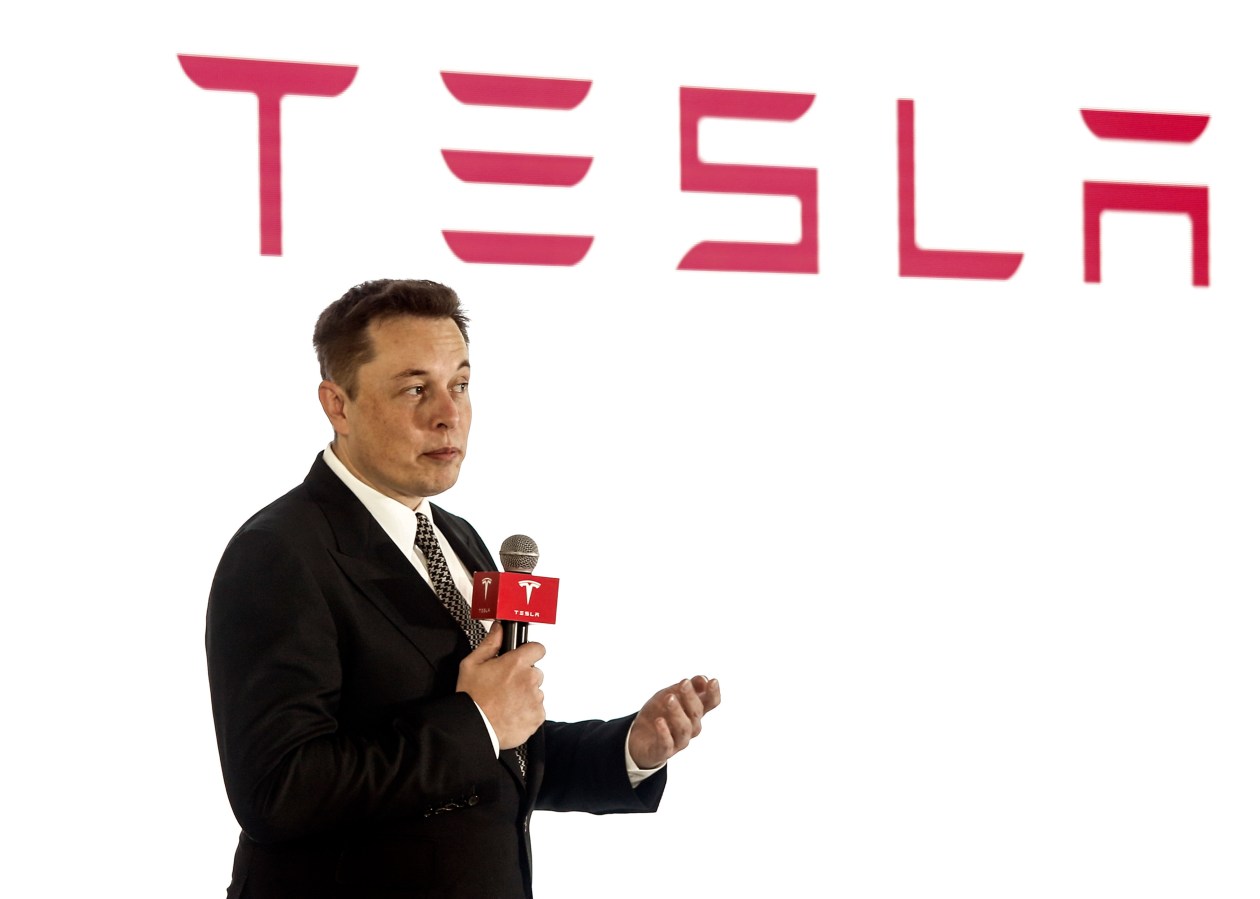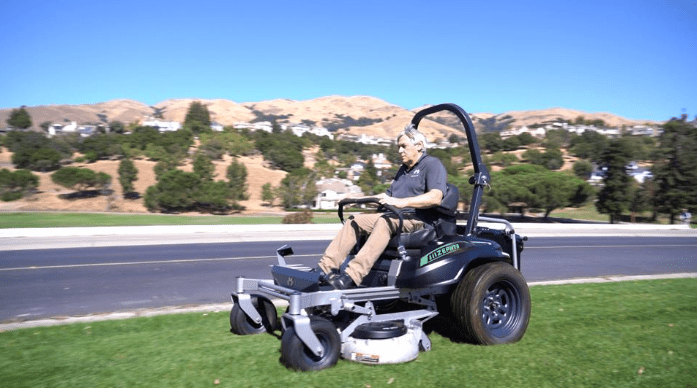A change to the design of new Tesla Model 3 vehicles means that infant or child car seat restraints cannot be securely attached, according to the Australian Department of Infrastructure and Transportation.

From five stars to no stars.
Just five years ago, the Tesla Model 3 was given a five-star safety rating by the Australasian New Car Assessment Program (ANCAP). Today, the vehicle is unrated.
Why? In December 2023, a change was made that puts the Model 3 infant or child car seat restraint anchor in breach of Australian design rules.
“If the top-tether restraint anchorage for the rear-centre seat is not accessible in accordance with Australian Design Rule 34/03, an infant or child car seat restraint cannot be securely attached to it,” the Department of Infrastructure and Transportation statement reads.
Accordingly, the Australian government issued a recall of 505 Tesla Model 3s that were manufactured during or after December 2023 and are not in compliance with regulations.
“The rear centre seat position of the Model 3 does not have an accessible top-restraint anchorage point as required by Australian Design Rule 34/03.”
Customers who have received Model 3s within the last few months and are concerned about the design change can check the VIN registration of affected vehicles. They can also email Tesla at csau@tesla.com.
The Australian government advises that infant or child car seat restraints should not be used in vehicles impacted by the design change.
“Tesla will contact affected vehicle owners to schedule a service appointment to carry out a part replacement to provide access to the rear-centre seat top-tether restraint anchorage. Until this is completed, consumers should not secure an infant or child car seat on the rear-centre seat, or otherwise attach an infant or child car seat restraint to the top-tether anchorage.”
The AAP is reporting that ANCAP threatened to halt new deliveries of the vehicle to customers and that “Australian Design Rules state that passenger cars must feature anchors that can be accessed without the use of tools.”
Look back on the week that was with hand-picked articles from Australia and around the world. Sign up to the Forbes Australia newsletter here or become a member here.


